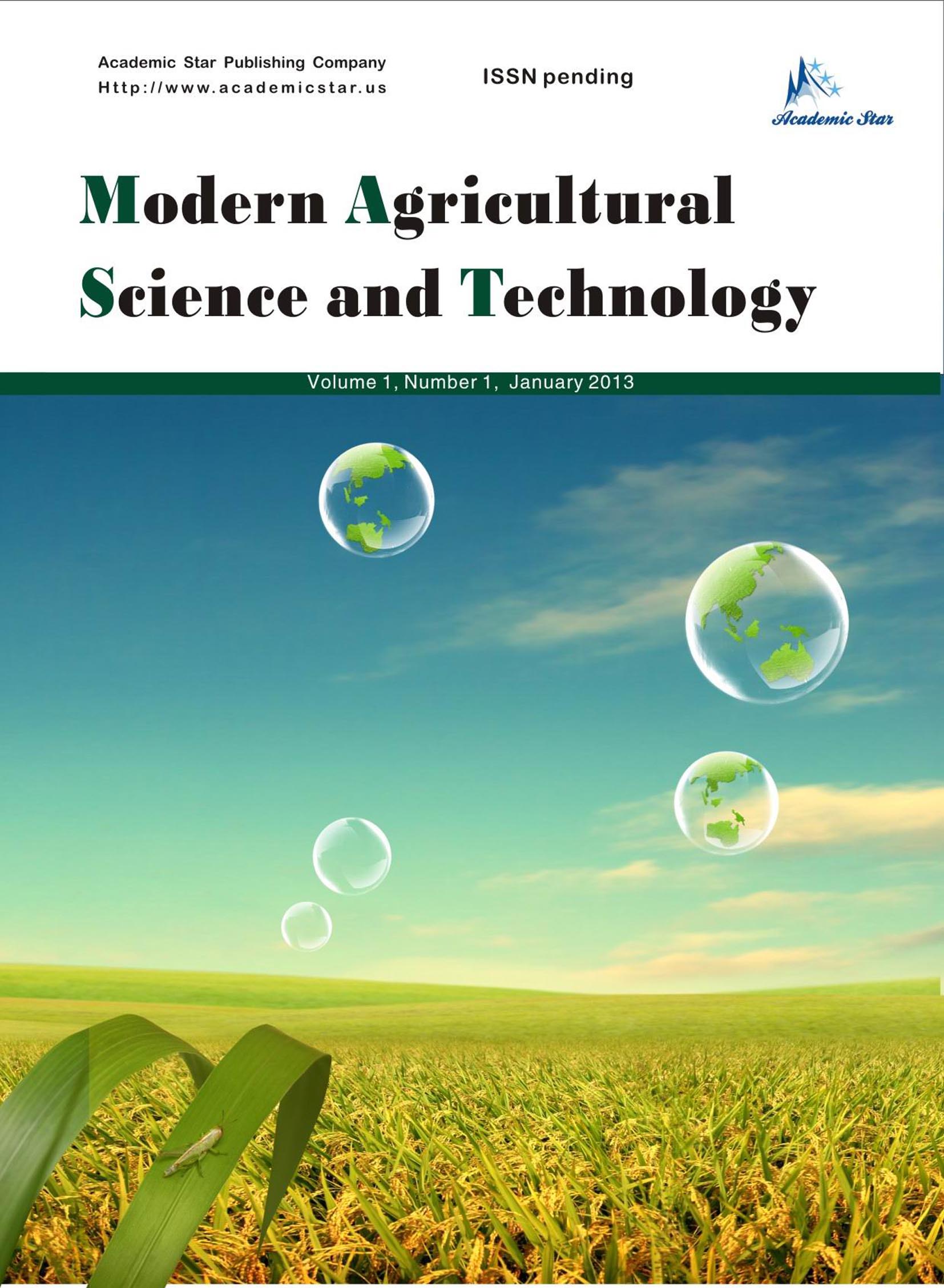Technology and Engineering

- ISSN: 2375-9402
- Modern Agricultural Science and Technology
Trends and Advanced Strategies in Mycotoxin Risk Management
Payawal R., Guan S., and Justin Tan
BIOMIN Singapore Pte Ltd, Singapore
Abstract: Mycotoxins are secondary metabolites produced by fungi under favorable environmental and climatic conditions. Occurrence of mycotoxin contamination is affected by different conditions in the field, during harvest, storage and in the farm environment. Common mycotoxins observed in feed raw materials are aflatoxins, zearalenone, trichothecenes, fumonisins and ochratoxins. Very often multiple mycotoxin contamination is observed in the field. This causes serious problems in animal production, affecting performance, reproduction and immunosuppression, which results in potential vaccination failure and higher medication costs. In the field, the most common practice to prevent and minimize the negative effects of mycotoxins is the use of mycotoxin binders. With this comes the false perception that all types of mycotoxins can be bound and that the animal will be less affected by the toxins. In reality, no mycotoxin binder caneffectively bind Fusarium mycotoxins, especially DON, T-2 and ZEN. It is expected that progress in the control of mycotoxin contamination will depend on the introduction of technologies for specific and effective detoxification. The utilization of biological detoxification agents, such as enzymes to biotransform mycotoxins, typifies such technology. Recently, a purified enzyme in fumonisin transformation, FUMzyme®, had been authorized by the EU as a proven mycotoxin deactivating agent.
Key words: mycotoxins, biotransformation, enzymes, adsorption, bioprotection






